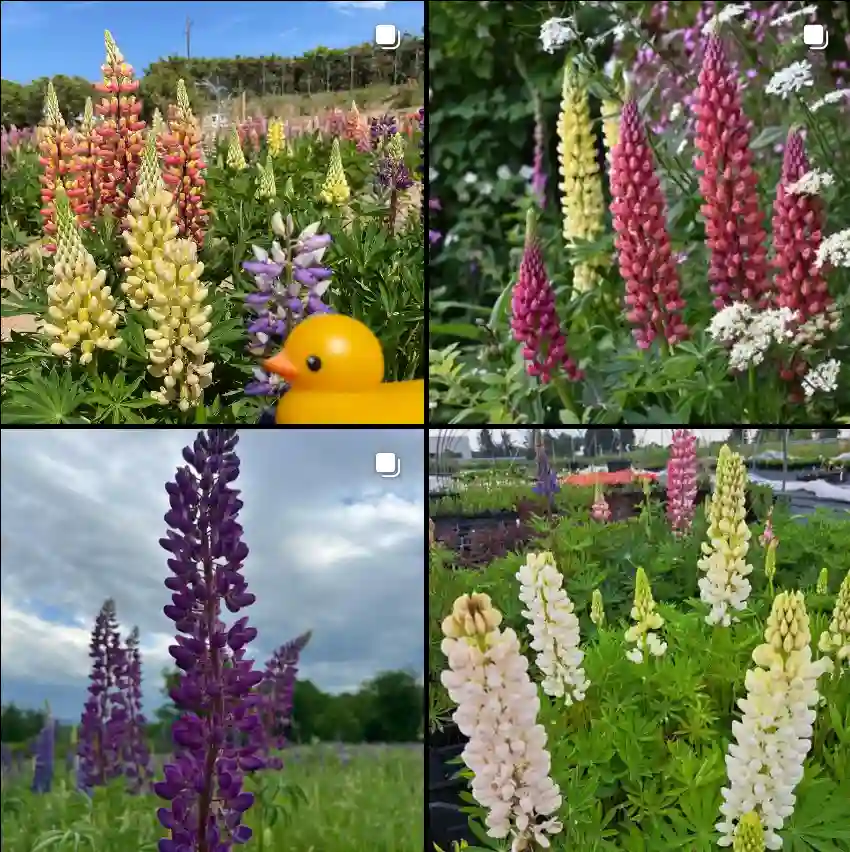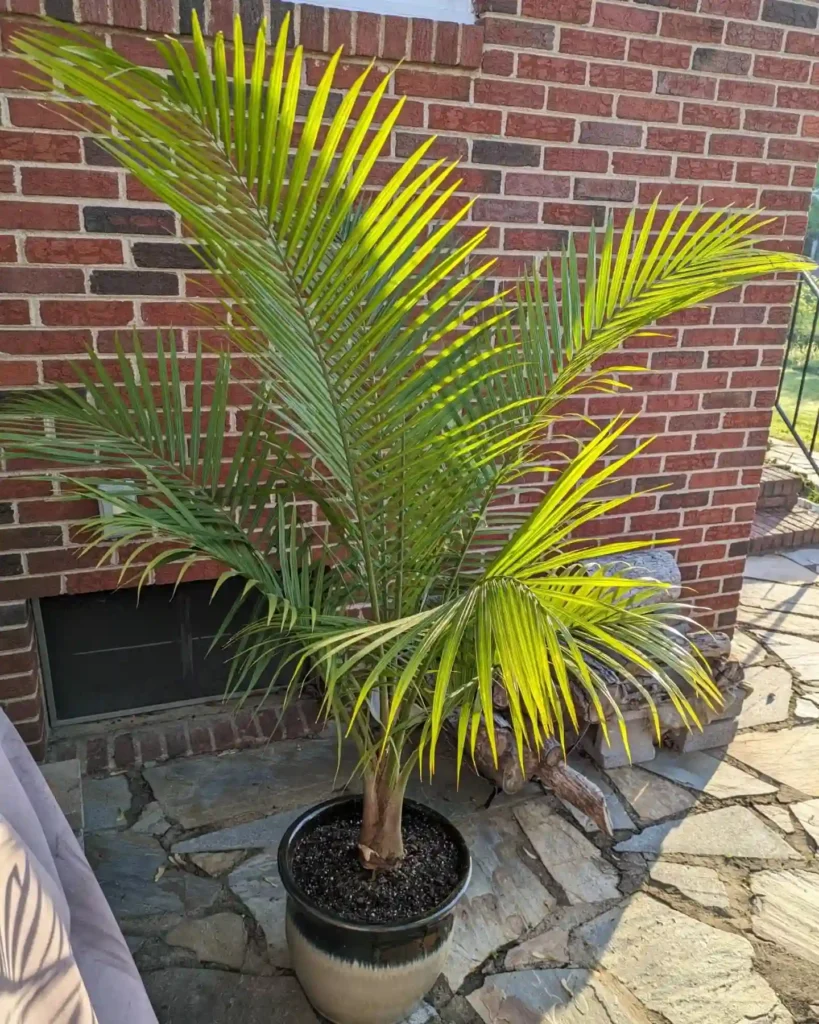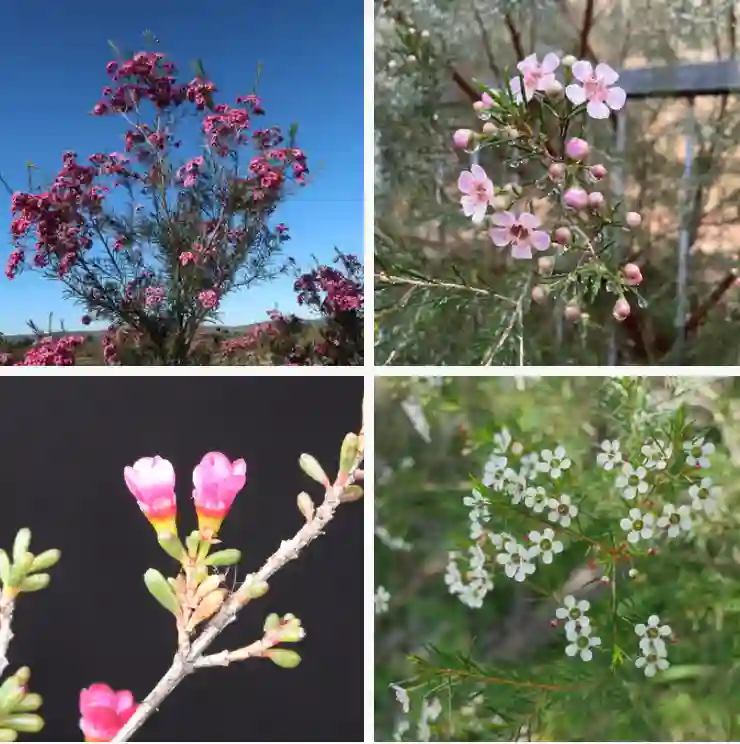Exploring the Calyceraceae Family
When I first encountered the Calyceraceae family, I was captivated by its uniqueness and diversity. This plant family, primarily found in South America, is lesser-known but fascinating due to its close resemblance to Asteraceae, the daisy family. Over time, I found myself drawn to learning more about the various genera within this family and their distinctive traits. Let’s dive into the world of Calyceraceae and explore some of its key genera.
Acicarpha: Small but Mighty
One of the most interesting genera within the Calyceraceae family is Acicarpha. This genus consists of small, herbaceous plants with spiny fruits. Acicarpha is often found in regions of Argentina, Uruguay, and Brazil, thriving in arid environments. What stands out about this genus is its resilience. These plants can survive in relatively harsh conditions, which is a trait I deeply admire.
Acicarpha species produce small flowers that are often grouped in tight clusters, making them an excellent example of how nature packs beauty into the smallest forms. I find that these plants are a great addition to arid or rocky gardens where other species might struggle. Their compact size and subtle floral display make them a pleasant surprise for those who look closely.
Anachoretes: The Elusive Gem
The genus Anachoretes is a bit of a mystery. There isn’t a great deal of information available about this genus, and I think that makes it all the more intriguing. Its name suggests something reclusive, almost as though the plants themselves are hiding from attention. The plants in this genus are adapted to specific ecological niches, and they aren’t commonly found in cultivation.
For those of us who are passionate about rare and unusual plants, Anachoretes represents an exciting challenge. I hope that in the future, more research will be done on this genus so we can better understand its characteristics and potential horticultural value.
Asynthema: A Study in Adaptation
The genus Asynthema is another fascinating member of the Calyceraceae family. This genus includes plants that are often adapted to drier environments, showcasing the remarkable adaptability of this family. I’ve always been interested in how plants evolve to survive in different conditions, and Asynthema does not disappoint.
Its flowers are small but intricately structured, often exhibiting a form of inflorescence that mirrors the overall family’s complex floral arrangements. For anyone interested in xeriscaping or creating a garden with plants that require minimal water, Asynthema species could be a valuable addition.
Boopis: A Curious Floral Display
One of the most visually striking genera in the Calyceraceae family is Boopis. These plants often have large, showy flowers compared to other members of the family. Boopis species are found in Chile and Argentina, where they grow in diverse environments ranging from coastal regions to mountainous terrains.
What I love about Boopis is how its flowers seem to defy the typically understated nature of the Calyceraceae family. The blooms are eye-catching and bold, making them a focal point in any garden. Boopis plants also attract pollinators, making them an excellent choice for anyone looking to create a garden that supports local ecosystems.
Calycera: The Family Namesake
Calycera is perhaps the most well-known genus in the Calyceraceae family, and for good reason. These plants are widespread throughout South America and are often considered the defining representatives of the family. I find Calycera species to be particularly interesting because of their unique floral structure, which resembles a combination of Asteraceae and other related families.
Calycera plants produce small, clustered flowers that often have spiny or bristly textures. These plants are a great example of how the Calyceraceae family straddles the line between simplicity and complexity. Their flowers may appear modest at first glance, but a closer look reveals an intricate pattern of form and function that’s truly captivating.
Gamocarpha: Hardy and Resilient
The genus Gamocarpha is another example of how the Calyceraceae family excels in adaptation. These plants are hardy, often growing in mountainous or high-altitude environments. For me, the most impressive thing about Gamocarpha is its ability to thrive in such extreme conditions. Whether it’s poor soil or high winds, these plants manage to hold their own.
Gamocarpha species typically have tubular flowers, which are different from the more open blooms seen in genera like Boopis. This difference in flower structure suggests a specialized form of pollination, which further highlights the adaptability of these plants.
Leucocera: Rare and Beautiful
Leucocera is a lesser-known genus, but that doesn’t make it any less fascinating. These plants are found in South America and share many of the adaptive traits seen in other members of the Calyceraceae family. I have yet to encounter Leucocera in cultivation, but its rarity only adds to its allure. For plant enthusiasts who love to track down hard-to-find species, Leucocera represents a tantalizing challenge.
Moschopsis: The Subtle Beauty
The final genus in our exploration of the Calyceraceae family is Moschopsis. These plants are subtle, often blending into their natural surroundings with understated blooms. However, what I appreciate about Moschopsis is its quiet elegance. These plants don’t need to scream for attention; their beauty lies in their simplicity.
Moschopsis species are typically found in dry regions of South America, where they’ve adapted to survive with minimal resources. Their flowers are small but well-formed, adding a touch of refinement to the often harsh landscapes they inhabit.
Conclusion
The Calyceraceae family is a hidden gem in the plant world. While not as well-known as some other plant families, its genera offer a fascinating glimpse into the diversity and adaptability of flora in South America. From the showy blooms of Boopis to the hardy resilience of Gamocarpha, each genus brings something unique to the table. As someone who loves discovering new and interesting plants, exploring the Calyceraceae family has been a rewarding journey. Whether you’re a seasoned botanist or a casual gardener, these plants have something to offer.
If i die, water my plants!



